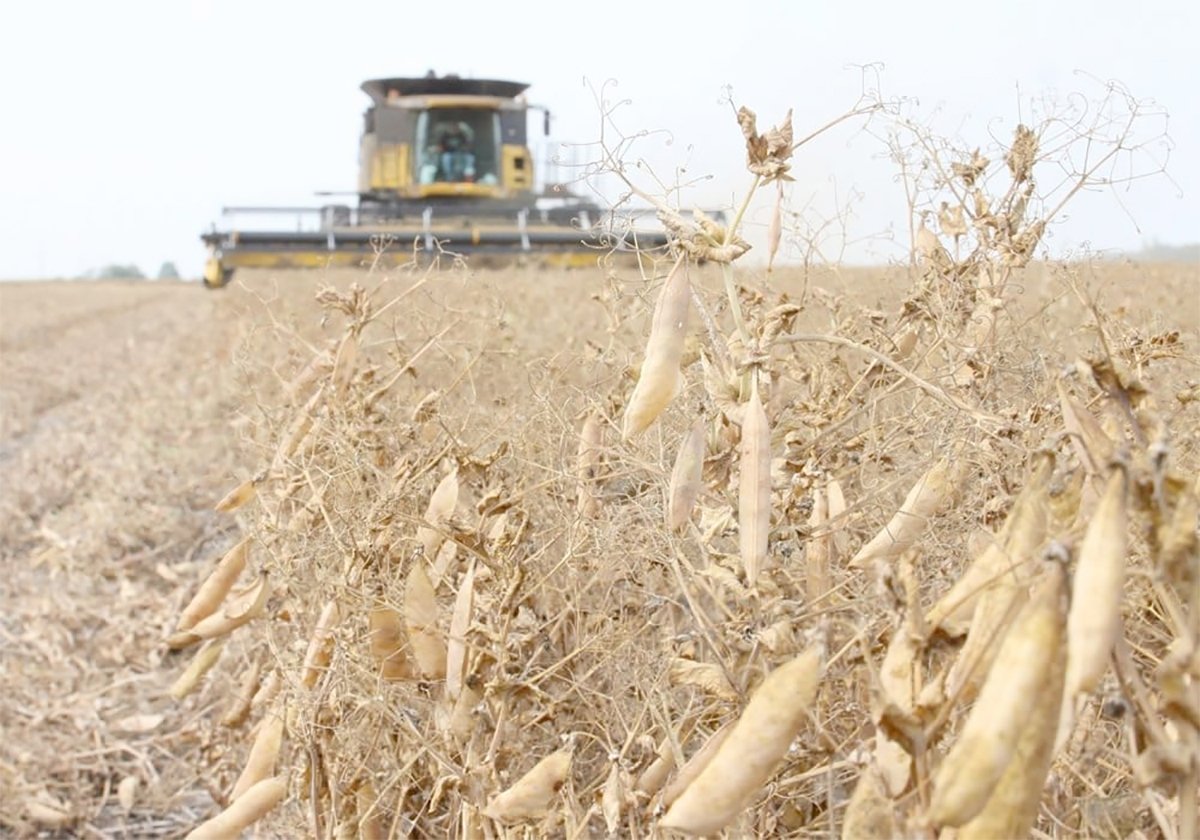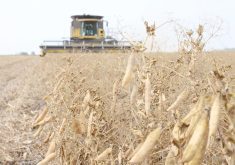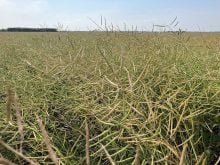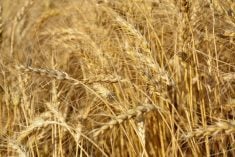La Nina is adding moisture to Canadian and Great Plains spring crops, but taking it away in South America
BUENOS AIRES, Argentina (Reuters) — Argentina’s 2022-23 wheat crop will likely come in at 18.5 million tonnes, down from 19 million tonnes previously estimated, the Rosario grains exchange said June 9, citing reduced planting by farmers due to dry weather.
The exchange cut its forecast for the planting area of the crop to 15.3 million acres, the lowest in 12 years. That was down from a previous estimate of 15.7 million acres.
The rival Buenos Aires grains exchange also cut its planting forecast by 250,000 acres to 15.8 million acres due to dryness, especially in the north, and flagged that it may have to lower the forecast further.
Read Also

Chinese, Indian tariffs take toll on pea prices
The disruption of pea exports from Canada’s largest customers will likely result in slow pea exports for the remainder of the crop year.
“If things don’t turn around in the coming weeks, the lack of water could extend to other regions we’re analyzing and result in new adjustments to the planting forecast,” it said in a weekly report. It forecast scant rain ahead in farming zones.
Argentina is a key exporter of wheat, a role which has grown due to tight global supply linked to the war between Russia and Ukraine, both major producers. Argentina produced a record 23 million tonnes of wheat last season, the Rosario grains said.
The Rosario exchange said dry weather linked to the La Nina climate phenomenon, which is hitting Argentina for the third year in a row, was putting the brakes on farmers planting wheat in key farming regions.
The exchange said in a monthly report that 80 percent of the key Pampas region was “dry to very dry”.
Farmers have planted 17 percent of the estimated area for wheat, some 13 percentage points behind the same stage last season, the exchange said. Rains will be key to help complete planting by early July, but weather forecasts are not encouraging.
“The short-term forecasts indicate the entry of another front of cold and dry air that will cause a new drop in temperatures and the development of frosts, removing the possibility of rains over the Pampas region,” the exchange said.
The exchange said that the 2021-22 soybean harvest had ended with some 42.2 million tonnes, above the 41.2 million that it had previously estimated, due to yields higher than expected. Argentina is the world’s top exporter of processed soy.















